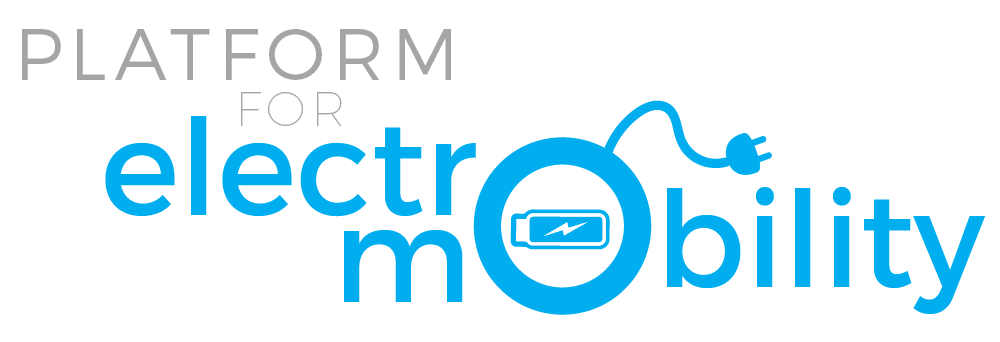Ad-hoc group
The transition to electric mobility is one of Europe’s most strategic industrial and societal projects. It delivers on climate neutrality, strengthens energy independence, and secures competitiveness in a rapidly changing global market. As the European Commission presents its proposal for the next Multiannual Financial Framework (MFF), the Platform for Electromobility calls for a budget that is fully aligned with Europe’s long-term policy objectives and capable of unlocking the massive investments required for deployment.
1. Guaranteeing stability and predictability
The upcoming MFF must send a strong signal of regulatory and investment stability. Investors and industry require clarity, not only on the rules of the game but also on the tools available to deliver on them. A stable framework with appropriate tools and budgets adapted to the new geopolitical realities and priorities will maintain Europe’s attractiveness as a destination for clean tech investment in the face of global competition.
Any deviation from the agreed implementation path would generate uncertainty, reduce the credibility of the EU’s climate framework, and jeopardise our ability to meet emissions reduction targets.
2. From strategy to delivery: aligning policies and funding
The EU has already put in place a clear regulatory framework for the decarbonisation of transport, with milestones such as the CO₂ standards for vehicles, the TEN-T Regulation, AFIR and the Batteries Regulation. To make sure instruments are deployed timely to successfully reach the 2035 CO2 reduction ambitions, the new MFF must now match this ambition with financial instruments that accelerate the deployment of clean infrastructure and technologies across the value chain. Strategic policy without corresponding financial planning risks creating uncertainty and slowing down investment. Therefore, the transition to electric mobility should be a priority area under the main headings of the MFF.
3. Unlocking investment needs through smart financial tools
Europe’s e-mobility ecosystem requires unprecedented levels of investment in sustainable infrastructure, railway electrification, clean transport assets technologies, charging infrastructure, battery production, and research & innovation. Key programmes such as Horizon Europe, the European Competitiveness Fund (including the InvestEU fund), and the Connecting Europe Facility should provide targeted support in these areas and key enabling and interoperable digital technologies across all transport modes. In this regard, we welcome the focus of the proposed CEF on railway infrastructure and call for additional dedicated, easily accessible instruments to prolong AFIF, ensuring continuity and predictability for investors. Beyond grant funding, the next MFF should place emphasis on instruments that crowd in private capital (e.g. loans, guarantees, risk-sharing mechanisms, etc).
4. A partnership approach through national and regional plans
National and regional partnership plans (NRPPs) must become genuine drivers of deployment. They should prioritise projects that deliver the highest value for decarbonisation, energy security, and industrial competitiveness. Coordination with local authorities will be crucial to ensure that funding is channelled towards projects with real impact while ensuring synergies with investments under CEF and ECF.
5. Funding conditionality as a driver of implementation
Access to EU funds should be firmly linked to the correct and timely implementation of existing EU legislation. Conditionality will help ensure a level playing field across Member States, reward frontrunners, and avoid undermining Europe’s collective progress toward climate and industrial goals. Co-legislators should align the respective indicators within the performance framework and other horizontal rules for the Union programmes and activities the respective indicators with the sector’s concerns These indicators will determine the effectiveness of the National and Regional Partnerships. The indicators must be aligned with legal requirements, should be future-proof (with a 2035 horizon), and use definitions that are commonly used in the sector.
6. Defining clean tech industries
To ensure that EU funding instruments effectively strengthen Europe’s strategic autonomy, the next MFF should establish a clear definition and criteria for what constitutes clean technology industries. This will provide clarity, avoid dispersing resources, and prevent clean technologies from being placed in direct competition with unrelated sectors within instruments such as the Competitiveness Fund. Establishing such a framework will ensure that financial support is directed towards industries that demonstrably contribute to Europe’s energy independence, decarbonisation, and long-term competitiveness.
Conclusion:Level of ambition must be maintained or strengthened during the negotiations
The next MFF represents a unique opportunity to transform Europe’s climate and industrial ambitions into reality. By aligning financial planning with strategic objectives, ensuring dedicated and predictable support for deployment, and maintaining conditionality and regulatory stability, the EU can secure its trajectory towards 2050 and its leadership in the global race for e-mobility, all modes considered. The Platform for Electromobility stands ready to work with institutions and Member States to make this vision a reality.
"Europe has already set ambitious climate and mobility targets. The next EU budget must provide the tools to deliver them. With stable, predictable and well-targeted financial instruments, Europe can turn its strategic vision for clean mobility into a global competitive advantage."
— Xavier Sol, Director Sustainable Finance, T&E

